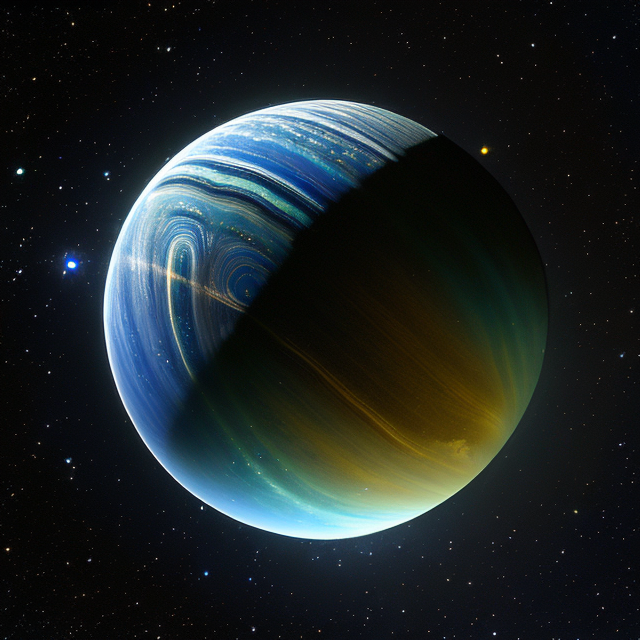|
|
Space Astro
|
Info for exoplanet "Myanzh Yue"
| Scientific (actual) data |
|---|
| Name | TOI-150 b |
| Planet status | Confirmed |
| Planet mass | 2.51 |
| Radius | 1.255 |
| Orbital period | 5.85749 |
| Semi major axis | 0.0643 |
| Orbit eccentricity | 0.262 |
| Inclination | 88.09 |
| Discovered | 2019 |
| Updated | 2019-09-18 |
| Omega | 228 |
| Tperi | 2458330 |
| Tzero tr | 2458330 |
| Impact parameter | 0.33 |
| K | 240 |
| Temperature (kelvin) | 1404 |
| Publication | Published in a refereed paper |
| Detection type | Primary Transit |
| Mass measurement type | Radial Velocity |
| Radius measurement type | Primary Transit |
| Star name | TOI-150 |
| Right ascension | 112.97° |
| Declination | -73.61° |
| Mag v | 11.4 |
| Star distance | 336 |
| Star metallicity | 0.25 |
| Star mass | 1.249 |
| Star radius | 1.551 |
| Star sp type | F |
| Star age | 2.346 |
| Star temperature | 6029 |
| Wikipedia article | TOI-150 b |
Back
| |
| Fictional info (?) |
|---|
| Suggested name | Myanzh Yue |
| Planet type | Large hot gas giant |
| The polar regions are constantly below 189°K (-84°C). |
| Atmosphere | Hydrogen | 86% |
| Helium | 8.1% |
| Nitric oxide | 4.6% |
| Ammonium hydrosulfide (NH4SH) | 0.41% |
| Atmospheric pressure | 30 bar |
 |
| Moon | Enkyong Zaiwyao | Huge irregular rocky moon |
| Wuhyuan-dyey | Medium-sized round oceanic moon |
| Eshyao | Small slightly egg-shaped oceanic moon |
| Lyin'wyuc An | Very small almost round rocky comet |
| Yaot-yang'syong | Huge slightly egg-shaped oceanic moon |
| Gench Yuns Wowyo | Very small round gaseous planetoid |
| Zaogenq Wangjai | Small round oceanic moon |
| Aoqaoy | Very small potato shaped oceanic moon |
| Ayyadyue Bwen | Small round oceanic comet |
| Qangfyong | Large round ice comet |
| Yyaoh You | Small almost round oceanic planetoid |
| Wang Yyang-mer | Medium-sized almost round gaseous comet |
| Anzweib Yupen | Very small round crater-filled moon |
| Yongher-shwai | Very small irregular oceanic moon |
| Yulyo | Huge irregular rocky asteroid |
| Lyunzh-eizhwei | Small slightly egg-shaped oceanic comet |
| Shyuan-shad | Medium-sized round ice planetoid |
| Yiwou | Large almost round rocky moon |
| Yokyuan Pei | Medium-sized potato shaped rocky asteroid |
| Google search for Myanzh yue |
|
Website by Joachim Michaelis
|
|
|
|